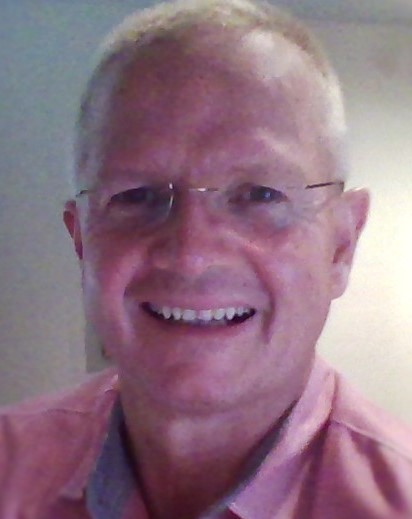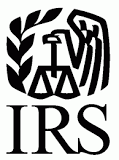The U.S. Department of Labor’s Wage and Hour Division (WHD) today posted revisions to regulations that implemented the paid sick leave and expanded family and medical leave provisions of the Families First Coronavirus Response Act (FFCRA).
The revisions made by the new rule clarify workers’ rights and employers’ responsibilities under the FFCRA’s paid leave provisions, in light of the U.S. District Court for the Southern District of New York’s August 3, 2020 decision in State of New York v Department of Labor, which found portions of the regulations invalid.
Background
The DOL issued its temporary rule to carry out the paid leave provisions of the FFCRA on April 1, 2020. See 85 FR 19326 (published April 6, 2020); see also 85 FR 20156 (April 10, 2020 correction and correcting amendment to April 1 rule).
On April 14, 2020, the State of New York filed suit in the United States District Court for the Southern District of New York (“District Court”) challenging certain parts of the temporary rule. On August 3, 2020, the District Court ruled that four parts of the temporary rule are invalid:
(1) the requirement under § 826.20 that paid sick leave and expanded family and medical leave are available only if an employee has work from which to take leave;
(2) the requirement under § 826.50 that an employee may take FFCRA leave intermittently only with employer approval;
(3) the definition of an employee who is a “health care provider,” set forth in § 826.30(c)(1), whom an employer may exclude from being eligible for FFCRA leave; and
(4) the statement in § 826.100 that employees who take FFCRA leave must provide their employers with certain documentation before taking leave.
The DOL’s Revised Rules
Today’s revisions to the temporary rules, effective immediately, reaffirm the prior regulations in part, revise the regulations in part, and further explain the DOL’s positions. Specifically, the DOL’s revised rules:
(1) Reaffirm that paid sick leave and expanded family and medical leave may be taken only if the employee has work from which to take leave and explains further why the DOL believes this requirement is appropriate. This temporary rule clarifies that this requirement applies to all qualifying reasons to take paid sick leave and expanded family and medical leave.
(2) Reaffirms that, where intermittent FFCRA leave is permitted by the regulations, an employee must obtain his or her employer’s approval to take paid sick leave or expanded family and medical leave intermittently under § 825.50 and explains further the basis for this requirement.
(3) Revises the definition of “health care provider” under § 825.30(c)(1) to mean employees who are health care providers under 29 CFR 825.102 and 825.125,3 and other employees who are employed to provide diagnostic services, preventive services, treatment services, or other services that are integrated with and necessary to the provision of patient care.
(4) Revises § 826.100 to clarify that the information the employee must give the employer to support the need for his or her leave should be provided to the employer as soon as practicable.
(5) Revises § 826.90 to correct an inconsistency regarding when an employee may be required to give notice of expanded family and medical leave to his or her employer.
More…





 The IRS has announced 2021 HSA and HDHP limits as follows:
The IRS has announced 2021 HSA and HDHP limits as follows: